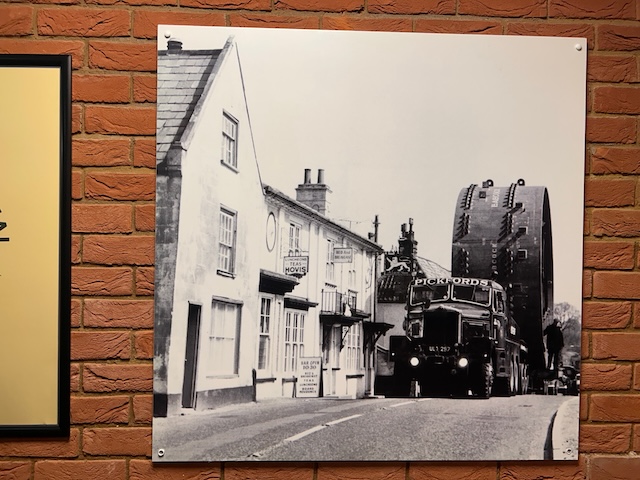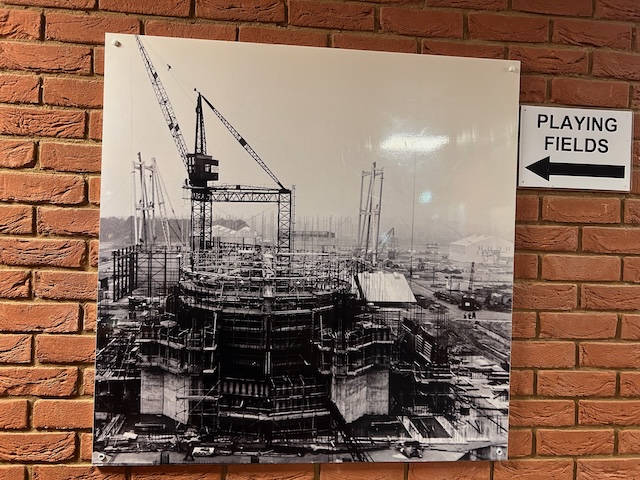The algorithm works for Horizon One.*
The bit of code, which decides what you see next on your device, is optimised to keep you looking at your screen, and staying on that platform.
The owners of those platforms are the richest and most powerful people and organisations in the world. They have no interest in change, unless it is change which consolidates power.
To make change we need different platforms: community groups, newsletters, meet-ups, face-to-face participation, and yes, new platforms powered by algorithms that are wired for hope, care and thriving.
*Horizon One is a reference to the Three Horizons Model.





